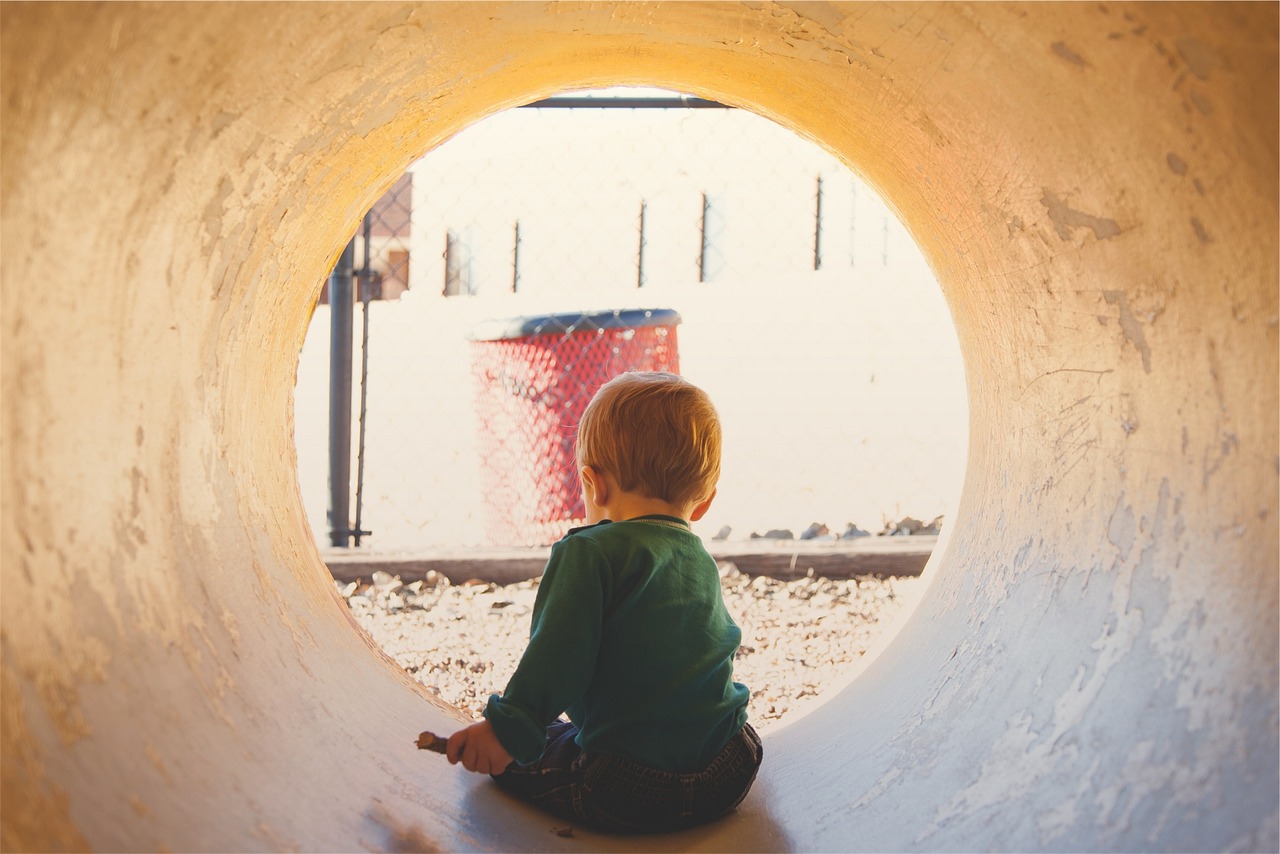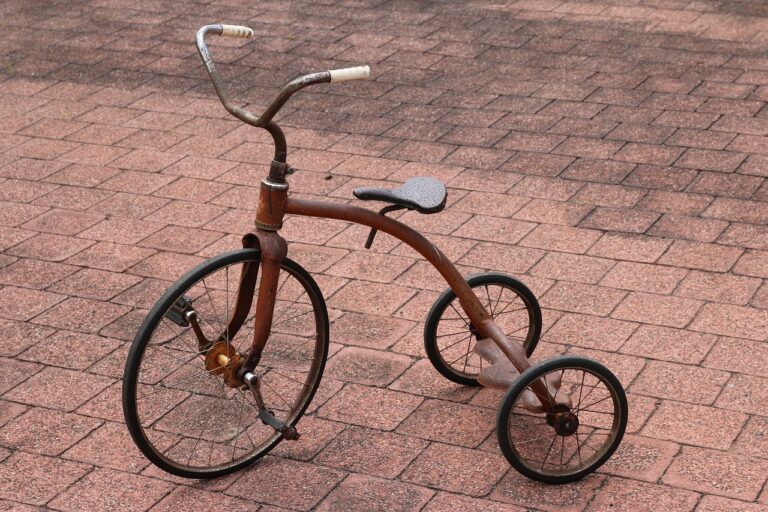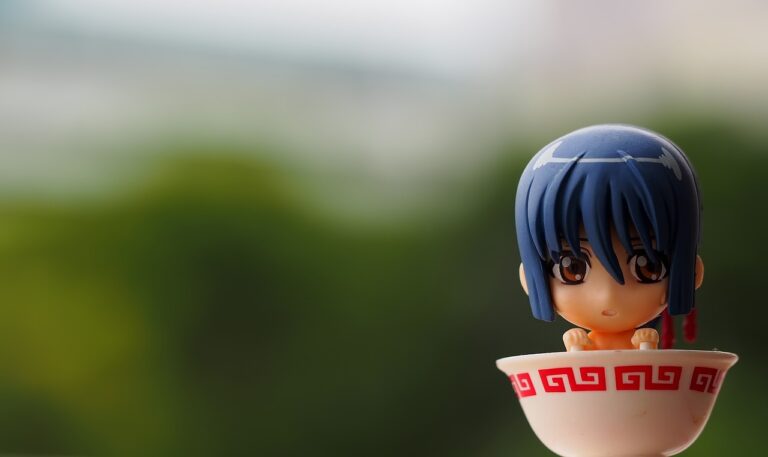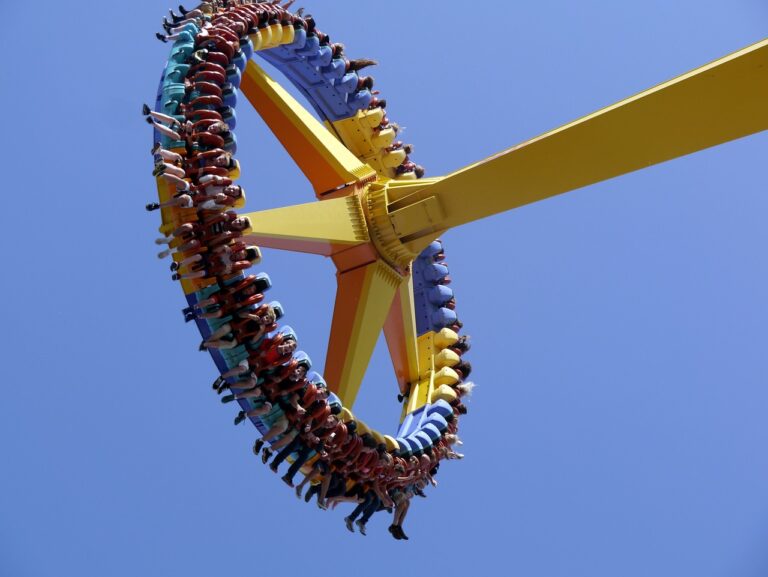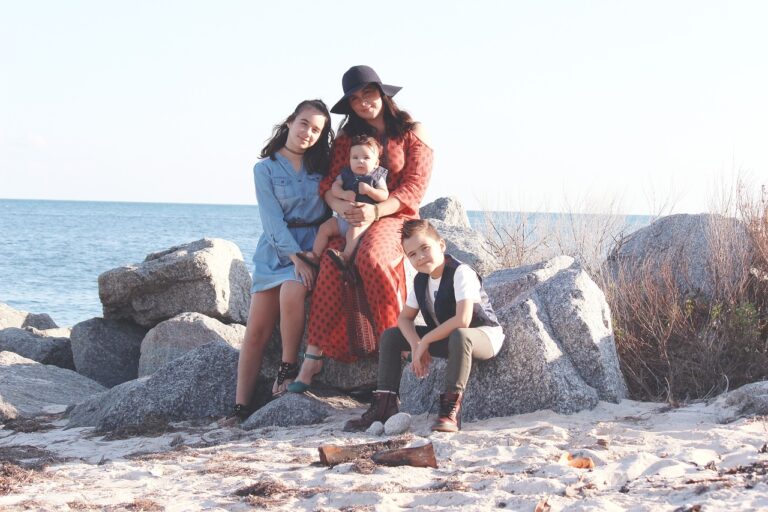How to Create Realistic Medieval Scenes
betbook250 com, reddy anna book online, playlotus365 com:Medieval scenes are a popular setting for movies, TV shows, books, and even video games. There’s something fascinating about the Middle Ages that captures our imagination and transports us to a time long gone. Creating realistic medieval scenes can be a challenging but rewarding process. In this article, I’ll share some tips and tricks on how to bring the medieval world to life in your own projects.
Research is Key
The first and most important step in creating realistic medieval scenes is to do your research. Dive into the history books, watch documentaries, and explore museums to get a sense of what life was like during the Middle Ages. Pay attention to details such as clothing, architecture, weapons, and daily life. The more you know about the time period, the more authentic your scenes will be.
Choose the Right Setting
When creating a medieval scene, it’s essential to choose the right setting. Whether it’s a bustling market square, a grand castle, or a quiet village, the setting plays a crucial role in setting the tone for your scene. Consider the time of day, weather conditions, and overall atmosphere you want to convey. By choosing the right setting, you can transport your audience back in time and make them feel like they’re truly experiencing the medieval world.
Focus on Authentic Costumes and Props
One of the most important elements of a realistic medieval scene is authentic costumes and props. Clothing, weapons, and other items should be accurate to the time period you’re portraying. Take the time to research what people wore and used during the Middle Ages, and try to recreate those items as accurately as possible. Authentic costumes and props will help immerse your audience in the world you’ve created and make your scene feel more believable.
Pay Attention to Architecture and Environment
Another crucial aspect of creating realistic medieval scenes is paying attention to architecture and environment. Whether you’re designing a castle, a village, or a battlefield, the buildings and landscape should reflect the time period you’re depicting. Research medieval architecture styles and use them as inspiration for your scene. Pay attention to details such as materials, textures, and colors to create a visually stunning and authentic setting.
Use Lighting and Sound to Set the Mood
Lighting and sound play a significant role in setting the mood for your medieval scene. Consider the time of day and use lighting to create a specific atmosphere. Whether it’s the warm glow of torches in a castle hall or the dim light of a moonlit night, lighting can enhance the mood and bring your scene to life. Similarly, sound effects such as clanking swords, galloping horses, and chanting crowds can help create a sense of realism and immersion in your medieval world.
Add Characters and Storytelling
No medieval scene is complete without characters and storytelling. Whether you’re creating a single image or a full-blown scene, adding characters with their own stories and motivations can bring your scene to life. Consider the roles each character plays, their relationships with one another, and how they interact with their environment. By adding depth to your characters and storytelling, you can create a more engaging and realistic medieval scene.
Wrap Up
Creating realistic medieval scenes can be a challenging but rewarding process. By doing your research, choosing the right setting, focusing on authentic costumes and props, paying attention to architecture and environment, using lighting and sound to set the mood, and adding characters and storytelling, you can bring the medieval world to life in your own projects. Whether you’re a filmmaker, writer, artist, or game designer, these tips and tricks can help you create realistic and immersive medieval scenes that will captivate your audience.
FAQs
Q: How can I make my medieval scenes more immersive?
A: To make your medieval scenes more immersive, focus on details such as costumes, props, architecture, lighting, sound, characters, and storytelling. By paying attention to these elements, you can create a more realistic and engaging experience for your audience.
Q: What are some common mistakes to avoid when creating medieval scenes?
A: Some common mistakes to avoid when creating medieval scenes include using anachronistic elements, neglecting research, and overlooking authenticity. Make sure to do your research, stay true to the time period, and pay attention to details to create a more realistic scene.
Q: How can I get inspired to create medieval scenes?
A: To get inspired to create medieval scenes, explore historical sites, watch period films, read medieval literature, and immerse yourself in the time period. By surrounding yourself with medieval culture and history, you can find inspiration for your own creative projects.
Q: Are there any tools or software that can help me create realistic medieval scenes?
A: There are several tools and software available that can help you create realistic medieval scenes, such as 3D modeling programs, digital painting software, and sound editing tools. Experiment with different tools to find the ones that work best for your specific project and needs.

